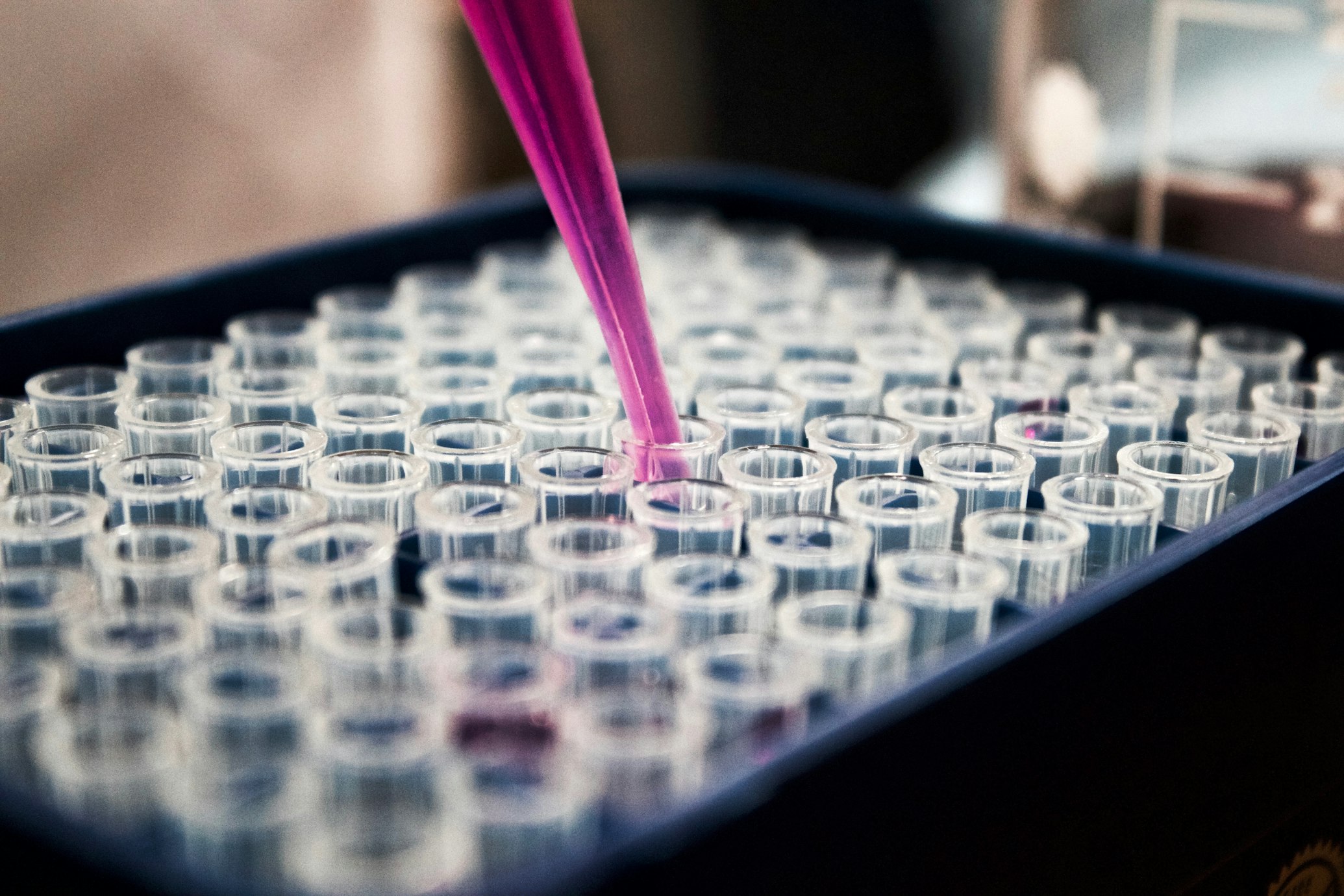Scientists have unlocked a startling secret: under the right conditions, iron exposed to nothing more than air and water can transform into an exceptionally powerful and indefinitely stable form, defying its usual fate. This breakthrough centers on elusive "iron(IV)" complexes, caged within specially designed molecular fortresses, offering tantalizing possibilities for cleaner chemistry and advanced materials.
Iron is everywhere – in our blood, our buildings, and our planet's core. Yet, its most common oxidized states, like the familiar reddish rust (iron(III)), are often the end of the line. Iron(IV), however, is a different beast. It's a highly oxidized, energetic state crucial for driving challenging chemical reactions, similar to those performed by powerful enzymes in nature. The problem? Iron(IV) is notoriously fleeting, typically vanishing in fractions of a second. Stabilizing it, especially using benign oxidants like air (oxygen) in water, seemed like a chemist's pipe dream... until now.
The Molecular Armor: Caging the Beast
The key to this stability lies in ingenious molecular design. Chemists create specialized organic molecules called ligands. These aren't just passive bystanders; they act as intricate cages, precisely tailored to encapsulate the iron atom. Imagine a highly structured, multi-pronged scaffold built around the metal:
- Rigid Structure: The ligand framework is inflexible, preventing the iron from warping into unstable geometries.
- Strong Bonds: Specific chemical groups on the ligand form exceptionally strong bonds with the iron, locking it in place and resisting degradation.
- Protective Environment: The cage physically shields the highly reactive iron(IV) center from water molecules or other reactants that would normally destroy it.
- Electronic Tuning: The ligand subtly modifies the electron distribution around the iron, making the Fe(IV) state energetically favorable and less prone to decomposition.

This molecular armor allows the iron(IV) center to exist not for milliseconds, but for months or even years at room temperature in water – an unprecedented level of stability for such a high-energy state.
Key Data Tables
Iron Oxidation States
| Oxidation State | Common Name/Form | Stability |
|---|---|---|
| Iron(0) | Metallic Iron | Stable |
| Iron(II) | Ferrous Iron | Moderate |
| Iron(III) | Ferric Iron | Very Stable |
| Iron(IV) | Ferryl Iron | Normally VERY Unstable |
| Iron(VI) | Ferrate | Unstable |
Air Oxidation Results
| Parameter | Observation |
|---|---|
| Oxidant Used | Air (O₂) or Pure O₂ |
| Solvent | Water (H₂O) |
| Reaction Time | Minutes to Hours |
| Product Color | Deep Red, Purple, or Green |
| Product Stability | Indefinite |
Essential Research Materials
| Reagent/Material | Function |
|---|---|
| Cage Ligand (L-cage) | Encapsulates the iron, providing stability |
| Iron(II) Salt | Source of iron |
| Deoxygenated Water | Solvent for initial complex formation |
| Oxygen Source (O₂) | Oxidant for the reaction |
| Inert Gas (N₂ or Ar) | Creates oxygen-free environment |
The Eureka Experiment: Building Fe(IV) with Air and Water
The true astonishment came not just from stabilizing Fe(IV), but from how easily it could be made. A landmark experiment demonstrated that simply mixing an iron(II) precursor with the right cage ligand in water, followed by exposure to ordinary air (or bubbling pure oxygen), reliably produced the stable iron(IV) complex.
Methodology
- Preparation: The specially designed cage ligand (L-cage) is dissolved in pure water.
- Iron Addition: A simple iron(II) salt is added to the ligand solution under inert atmosphere.
- Air/Oxygen Introduction: The inert atmosphere is replaced by bubbling air or pure oxygen.
- Observation: The solution color changes dramatically.
- Confirmation: Advanced spectroscopic techniques confirm Fe(IV) formation.
Key Insight
The clean conversion suggests a well-defined reaction pathway where the L-cage ligand directs the oxygen activation process, likely involving a transient Fe(III)-superoxide intermediate that rapidly converts to the stable Fe(IV)-oxo product within the protective cage.

Results and Analysis: Defying Decades of Expectation
- Stable Fe(IV) Formation: Spectroscopy provided irrefutable proof: the unique signatures of Fe(IV) were present and did not fade over time.
- Air as the Oxidant: Molecular oxygen (O₂) from air was sufficient to drive the oxidation, mimicking how enzymes efficiently use O₂.
- Water as the Solvent: The reaction occurred efficiently in water, enhancing the "green" credentials of the process.
Beyond the Breakthrough: Why This Matters
The creation of indefinitely stable iron(IV) complexes using only air and water is more than a laboratory curiosity; it's a paradigm shift with profound implications:
Green Catalysis
Could replace expensive, toxic metal catalysts in industrial processes with abundant iron, air, and water.
Biomimicry
Provides models for understanding how iron-containing enzymes perform difficult oxidations under mild conditions.
Advanced Materials
Could form the basis for novel materials with unique electronic, magnetic, or optical properties.
Medicinal Chemistry
Could inform new therapeutic agents or strategies for dealing with oxidative stress in diseases.
Conclusion
The discovery of indefinitely stable iron(IV) cage complexes, formed simply by air oxidation in water, overturns conventional wisdom about iron chemistry. It demonstrates the power of molecular design – crafting protective cages that tame one of nature's most reactive states.

